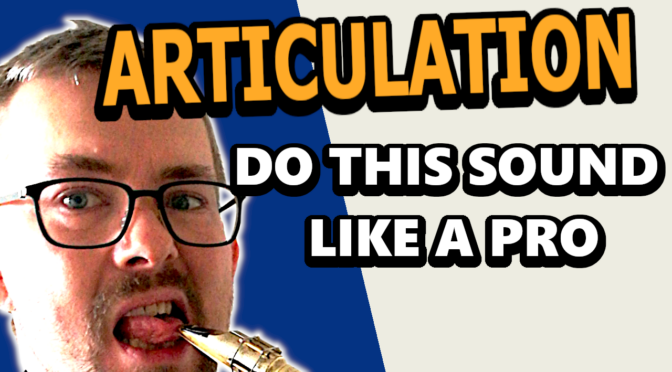Saxophone Reeds – How to Choose the Right Reed
Playing a reed that does not fit you makes your sound dull and soft.
Choosing a reed between the thousands of brands out there is so difficult.
I will go through some of the most common questions about saxophone reeds and reveal the result of my first reed unboxing and testing.
In this tutorial
00:00 Saxophone Reeds – How to Choose the Right Reed
00:21 Real story from the life as Chris Potter
00:56 What is a good reed?
01:13 The reed test
03:26 My Setup
04:16 Is this reed good for you?
05:22 Golden Reed Starter Tips
07:05 Unboxing Amazing Rigotti reeds – I am so exicited
10:45 Do you like my videos – support me on Patreon
https://www.patreon.com/posts/58337204
Get the free E-book material on saxophone practice – sign up for my newsletter: https://bit.ly/subscribetomynewslettersorenballegaardsaxophonelessons
Video links:
Master Jazz Articulation in 3 Simple Steps
https://youtu.be/2Nf9SRy6760
https://www.patreon.com/posts/58012174
https://sorenballegaard.dk/product/solo-preparation-in-6-35-simple-steps/
Get the Best Saxophone Sound
https://youtu.be/q9htAAR3SLk
https://www.patreon.com/posts/34299912
https://sorenballegaard.dk/product/full-lesson-transcription-sound-is-everything-get-the-best-saxophone-sound/
Better sax – Jay Metcalf about Rigotti reeds
Rigotti reeds webshop
http://www.reedsonline.fr/boutique_reedsonline/en/accueil-gb/
Get more value from the Youtube lessons by supporting me:
https://www.patreon.com/sorenballegaa…
Get the free E-book material on saxophone practice – sign up for my newsletter:
https://mailchi.mp/cc449eb965d2/soren…
Contact me for video exchange lessons or live online lessons
www.sorenballegaard.dk
Lesson tutorials and live online lessons – check my shop:
https://sorenballegaard.dk/shop
Subscribe for more free saxophone videos and lessons: https://www.youtube.com/c/SørenBallegaard
Get more value from the Youtube lessons by supporting me:
https://www.patreon.com/sorenballegaardsaxophonelessons
Get the free E-book material on saxophone practice – sign up for my newsletter: https://bit.ly/subscribetomynewslettersorenballegaardsaxophonelessons
Subscribe for more free saxophone videos and lessons: https://www.youtube.com/c/SørenBallegaard
Lesson tutorials and live online lessons – check my shop:
https://sorenballegaard.dk/shop
Contact me for video exchange lessons or live online lessons
https://sorenballegaard.dk/saxophonelessons/
Facebook: https://www.facebook.com/groups/sorenballegaardsaxophonelessons
Instagram: https://www.instagram.com/sorenballegaard
Website: https://sorenballegaard.dk
Twitter: https://twitter.com/SorenBallegaard
My setup:
saxophone: Selmer MKVI 82xxx
Mouthpiece is an old Otto Link Babbit – refaced from opening 6 to opening 8/8,5
Alto – The Martin Alto
Soprano – Yanagisawa Elimona










